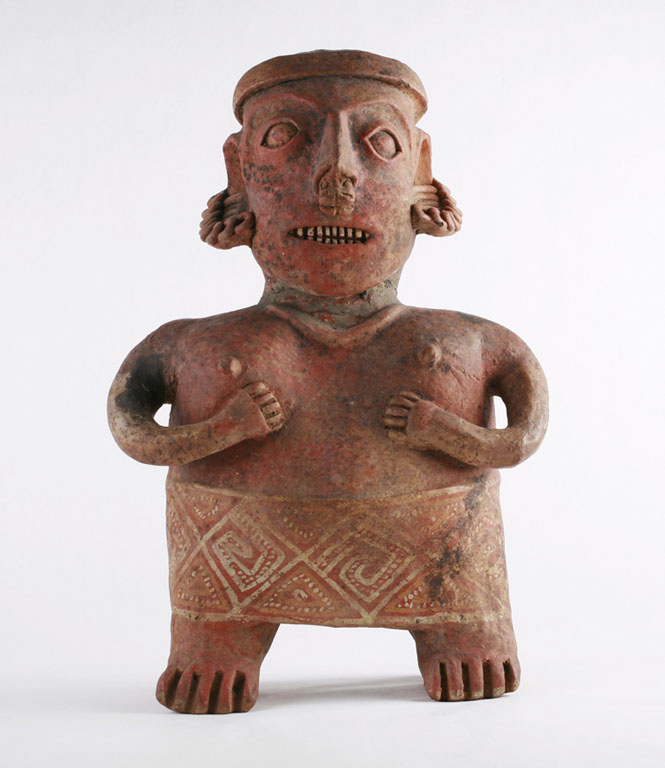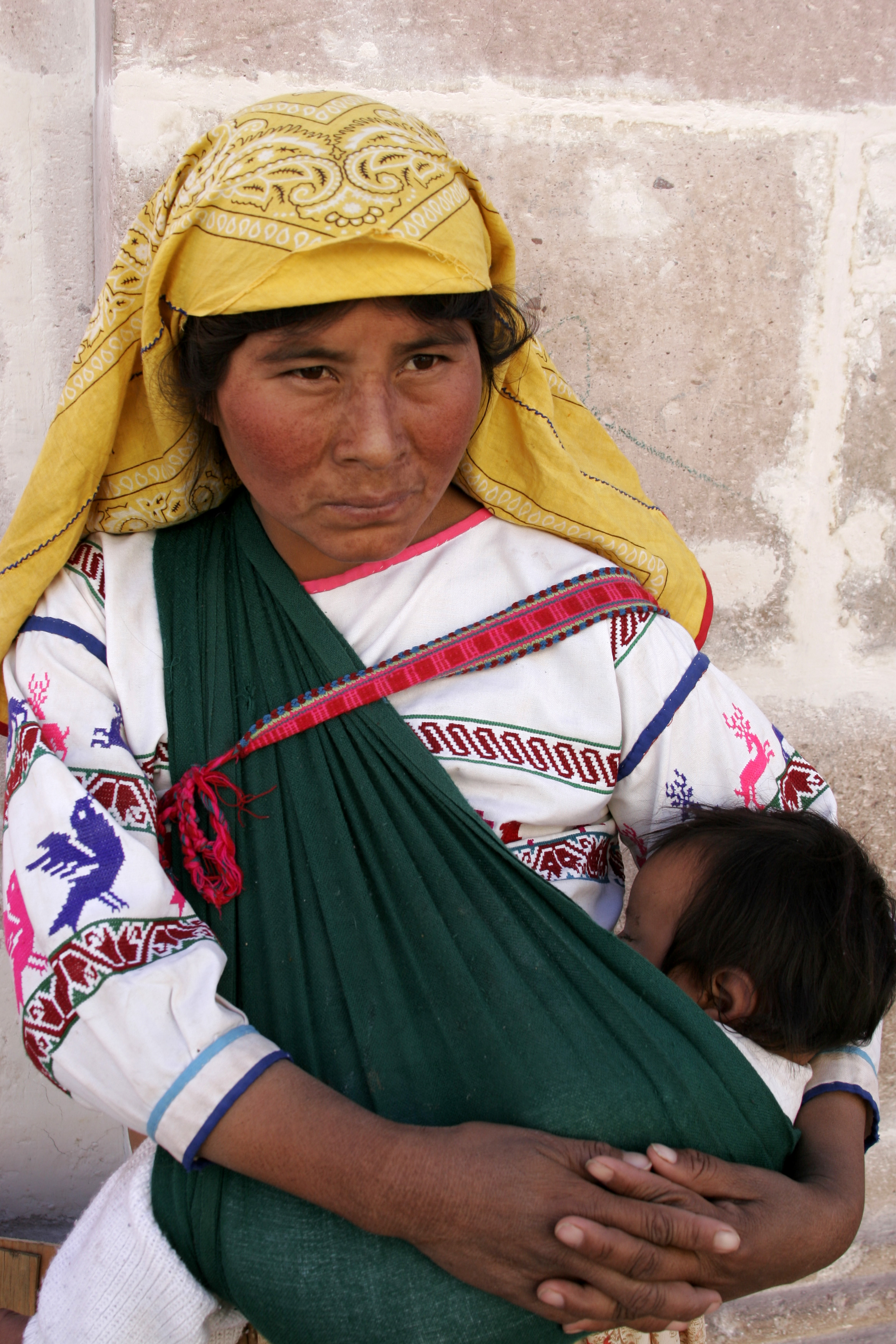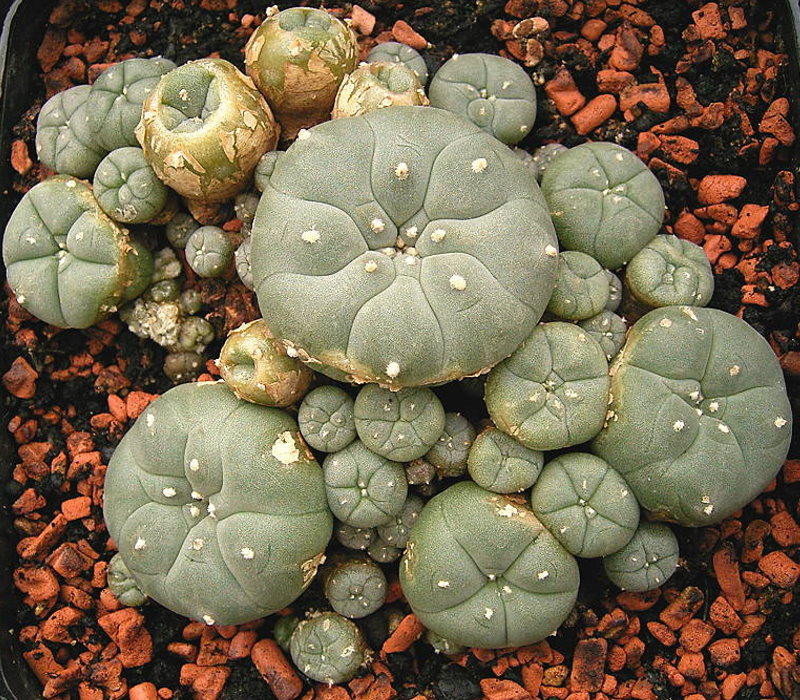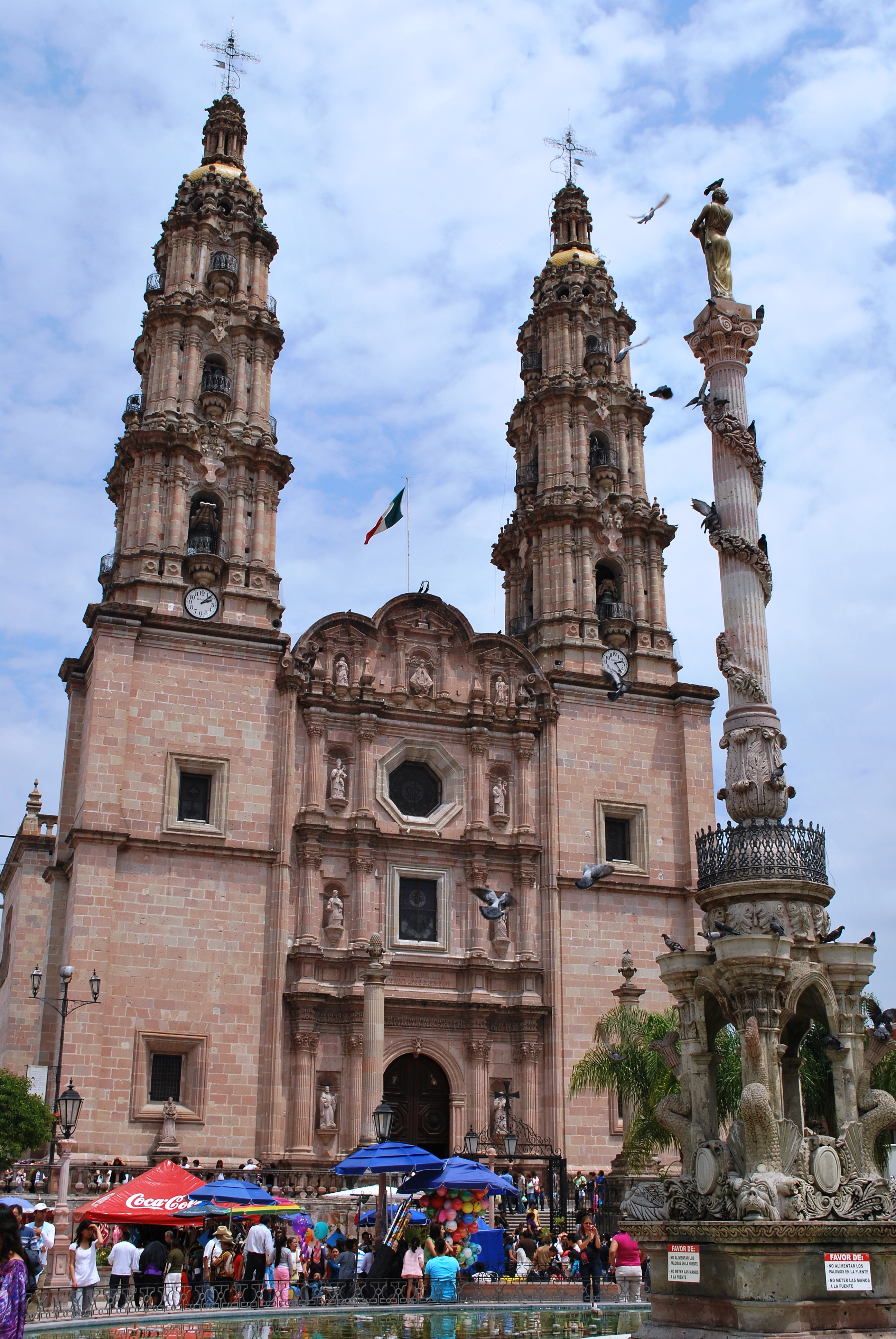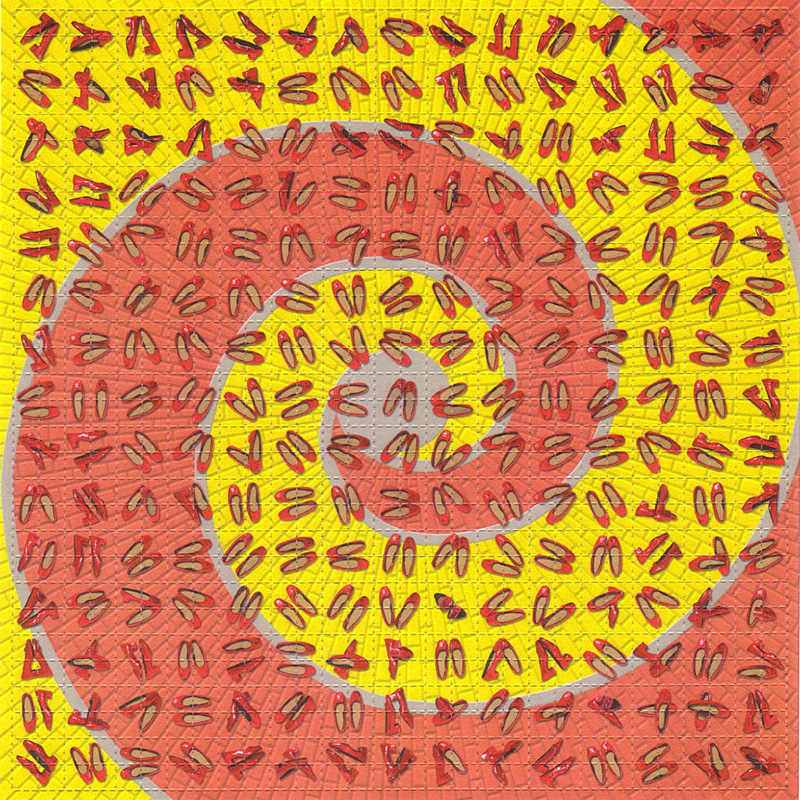|
Wirikuta
Wirikuta is a desert, sacred to the Wixárika (Huichol) Indians high in the mountains of central Mexico, between the Sierra Madre Oriental and the Zacatecas ranges, near Real de Catorce. In Wixárika cosmology, the world was believed to have been created in Wirikuta. Wirikuta is the focus of a yearly pilgrimage in which community members, led by maraka'ames (shamans), travel approximately 250 miles (400 kilometers) from Jalisco to San Luis Potosí. The area in which the pilgrimage occurs is protected as a UNESCO Natural Sacred Area, but is at risk for exploitation and environmental damage by the foreign mining company First Majestic Silver. Sacred places The sun made its first appearance in Wirikuta, and it is the sacred land of the Wixárikas (Huichol's) deified ancestors. They have sacred places on each one of the cardinal directions and the center. * Teakata (Santa Catarina, Jalisco), Center * Huaxamanaka (Cerro Gordo, Durango), North * Haramara (San Blas, Nayarit), West ... [...More Info...] [...Related Items...] OR: [Wikipedia] [Google] [Baidu] |
Huichol People
The Huichol or Wixárika are an indigenous people of Mexico and the United States living in the Sierra Madre Occidental range in the states of Nayarit, Jalisco, Zacatecas, and Durango, as well as in the United States in the states of California, Arizona, New Mexico, and Texas. They are best known to the larger world as the ''Huichol'', although they refer to themselves as ''Wixáritari'' ("the people") in their native Huichol language. The adjectival form of ''Wixáritari'' and name for their own language is ''Wixárika''. The ethnonym huichol comes from the adaptation to the language Nahuatl from the ethnonym wixarika, due to that in the language wixarika the a can be spoken like o; r y l are allophones, and the pronunciation of x, that was a sibilant, was read as an affricate, tz, between the 17th and 18th centuries (time period in which the word could have been borrowed), but the loss of the syllable -ka resulted in huitzol en náhuatl, and its hispanicization, wirraricas. T ... [...More Info...] [...Related Items...] OR: [Wikipedia] [Google] [Baidu] |
Huichol
The Huichol or Wixárika are an indigenous people of Mexico and the United States living in the Sierra Madre Occidental range in the states of Nayarit, Jalisco, Zacatecas, and Durango, as well as in the United States in the states of California, Arizona, New Mexico, and Texas. They are best known to the larger world as the ''Huichol'', although they refer to themselves as ''Wixáritari'' ("the people") in their native Huichol language. The adjectival form of ''Wixáritari'' and name for their own language is ''Wixárika''. The ethnonym huichol comes from the adaptation to the language Nahuatl from the ethnonym wixarika, due to that in the language wixarika the a can be spoken like o; r y l are allophones, and the pronunciation of x, that was a sibilant, was read as an affricate, tz, between the 17th and 18th centuries (time period in which the word could have been borrowed), but the loss of the syllable -ka resulted in huitzol en náhuatl, and its hispanicization, wirraricas. T ... [...More Info...] [...Related Items...] OR: [Wikipedia] [Google] [Baidu] |
First Majestic Silver
First Majestic Silver Corp. is a Canadian silver-mining company that operates in Mexico and the United States. It has four producing mines under its control: San Dimas Silver/Gold Mine, Santa Elena Silver/Gold Mine, La Encantada Silver Mine, and Jerritt Canyon Gold Mine. First Majestic also produces and sells its own bullion rounds and bars (others produce and market bullion through private mints). Total production in 2018 reached 22.2 million ounces (629,000 kg) of silver equivalents, including 11.7 million ounces of pure silver. According to the company, 2019 production from its seven mines is anticipated to be between 24.7 and 27.5 million ounces (700,000 and 779,600 kg) of silver equivalents, including 14.2 to 15.8 million ounces (447,922 kg) of pure silver. History First Majestic was founded in 2002 by president and CEO Keith Neumeyer. In June 2006 First Majestic acquired First Silver Reserve Inc (initially just a controlling stake and within three months it p ... [...More Info...] [...Related Items...] OR: [Wikipedia] [Google] [Baidu] |
Wixárika
The Huichol or Wixárika are an indigenous people of Mexico and the United States living in the Sierra Madre Occidental range in the states of Nayarit, Jalisco, Zacatecas, and Durango, as well as in the United States in the states of California, Arizona, New Mexico, and Texas. They are best known to the larger world as the ''Huichol'', although they refer to themselves as ''Wixáritari'' ("the people") in their native Huichol language. The adjectival form of ''Wixáritari'' and name for their own language is ''Wixárika''. The ethnonym huichol comes from the adaptation to the language Nahuatl from the ethnonym wixarika, due to that in the language wixarika the a can be spoken like o; r y l are allophones, and the pronunciation of x, that was a sibilant, was read as an affricate, tz, between the 17th and 18th centuries (time period in which the word could have been borrowed), but the loss of the syllable -ka resulted in huitzol en náhuatl, and its hispanicization, wirraricas. ... [...More Info...] [...Related Items...] OR: [Wikipedia] [Google] [Baidu] |
Real De Catorce
Real de Catorce (; meaning: ''Real unit of currencyof Fourteen''), often shortened to Real, is a village in the Mexican state of San Luis Potosí and the seat of the municipality of Catorce. It is located north of the city of San Luis Potosí, and currently has a full-time population of under 1,000 residents. This 'ghost-town' in the high and dry expanses of northern San Luis Potosí state was once a thriving silver mining settlement. Real de Catorce has long been a pilgrimage site for both local Catholics and Huichol shamanists, and is now being discovered by international tourists drawn by the desert ambience and reputed spiritual energy. Geography The village of Real de Catorce sits on the side of a mountain at more than 2,743 meters (9,000 ft). It is located in the Sierra de Catorce range, one of the highest plateaus in Mexico, where summits may extend over . These mountains lie in the arid Mexican plateau, cut off from trade winds of the Gulf of Mexico by the high pe ... [...More Info...] [...Related Items...] OR: [Wikipedia] [Google] [Baidu] |
La Luz Silver Project
La Luz Silver Project is a proposed mining venture in the Real de Catorce Desert, San Luis de Potosi, Mexico, by Canadian mining company First Majestic Silver First Majestic Silver Corp. is a Canadian silver-mining company that operates in Mexico and the United States. It has four producing mines under its control: San Dimas Silver/Gold Mine, Santa Elena Silver/Gold Mine, La Encantada Silver Mine, and J .... The project has been met with opposition from groups including the Wixakari, or Huichol tribe, as well the Wirikuta Defense Front. Wirikuta has been a sacred territory for the Wixarika people for thousands of years. Despite the 2008 of Hauxa Manaka pledging to protect it, at least 70 mining concessions have been granted in Wirikuta to First Majestic Silver, Revolution Resources and other mining companies since 2009. In February 2012, the Wixarika people obtained an injunction, stopping the mining project until a court case about cancelling the mining concessions conclude ... [...More Info...] [...Related Items...] OR: [Wikipedia] [Google] [Baidu] |
Huichol Route To Huiricuta
The Huichol people of western Mexico exude an enduring spirit and passion to hold on to their traditions. This is exemplified in the pilgrimage route between Nayarit and Huiricuta, stretching nearly 800 km, wherein dozens of sacred sites are visited along the way. The route follows the old pre-Hispanic trade routes between the Gulf of Mexico and the Pacific Ocean. One of the most important of these routes, to Huiricuta or Wirikuta, is known as such for its historical importance in the preservation of Huichol cultural as well as the sheer proliferation of pilgrims that follow the route. Because the Huichol have no written language, the pilgrimage has the added importance of linking populations of Huichol and disseminating knowledge of culture and reinforcing cultural practices. World Heritage status This site was added to the UNESCO World Heritage A World Heritage Site is a landmark or area with legal protection by an international convention administered by the Un ... [...More Info...] [...Related Items...] OR: [Wikipedia] [Google] [Baidu] |
Peyote
The peyote (; ''Lophophora williamsii'' ) is a small, spineless cactus which contains psychoactive alkaloids, particularly mescaline. ''Peyote'' is a Spanish word derived from the Nahuatl (), meaning "caterpillar cocoon", from a root , "to glisten". p. 246. See peyotl in Wiktionary. Peyote is native to Mexico and southwestern Texas. It is found primarily in the Sierra Madre Occidental, the Chihuahuan Desert and in the states of Nayarit, Coahuila, Nuevo León, Tamaulipas, and San Luis Potosí among scrub. It flowers from March to May, and sometimes as late as September. The flowers are pink, with thigmotactic anthers (like ''Opuntia''). Known for its psychoactive properties when ingested, peyote has at least 5,500 years of entheogenic and traditional medicine, medicinal use by Indigenous people of the Americas, indigenous North Americans. Description The various species of the genus ''Lophophora'' grow low to the ground and they often form groups with numerous, crowded sho ... [...More Info...] [...Related Items...] OR: [Wikipedia] [Google] [Baidu] |
Religion In Mexico
The Catholic branch of Christianity is the dominant religion in Mexico, representing 78% of the total population as of 2020. In recent decades the share of Catholics has been declining, due to the growth of other Christian denominations – especially various Protestant churches, Jehovah's Witness and Mormonism – which now constitute 9.7% of the population, and non-Christian religions. Conversion to non-Catholic denominations has been considerably lower than in Central America, and central Mexico remains one of the most Catholic areas in the world. Mexico is a secular country and has allowed freedom of religion since the mid-19th century. Mainline Protestant denominations and the open practice of Judaism established themselves in the country during that era. Modern growth has been seen in Evangelical Protestantism, Mormonism and in folk religions, such as ''Mexicayotl''. Buddhism and Islam have both made limited inroads through immigration and conversion. Religion and ... [...More Info...] [...Related Items...] OR: [Wikipedia] [Google] [Baidu] |
Hallucinogens
Hallucinogens are a large, diverse class of psychoactive drugs that can produce altered states of consciousness characterized by major alterations in thought, mood, and perception as well as other changes. Most hallucinogens can be categorized as either being psychedelics, dissociatives, or deliriants. However, certain hallucinogens such as Fly agaric as well as other gabaergic hallucinogenics are more often considered to technically be hypnotics, therefore indicating another separate subcategory of drugs which can substantially alter visual perception. Etymology The word ''hallucinogen'' is derived from the word ''hallucination''. The term ''hallucinate'' dates back to around 1595–1605, and is derived from the Latin ''hallūcinātus'', the past participle of ''(h)allūcināri'', meaning "to wander in the mind." Characteristics Leo Hollister gave five criteria for classifying a drug as hallucinogenic.Glennon RA. Classical drugs: an introductory overview. In Lin GC and Glen ... [...More Info...] [...Related Items...] OR: [Wikipedia] [Google] [Baidu] |
Cactus
A cactus (, or less commonly, cactus) is a member of the plant family Cactaceae, a family comprising about 127 genera with some 1750 known species of the order Caryophyllales. The word ''cactus'' derives, through Latin, from the Ancient Greek word (''káktos''), a name originally used by Theophrastus for a spiny plant whose identity is now not certain. Cacti occur in a wide range of shapes and sizes. Although some species live in quite humid environments, most cacti live in habitats subject to at least some drought. Many live in extremely dry environments, even being found in the Atacama Desert, one of the driest places on Earth. Because of this, cacti show many adaptations to conserve water. For example, almost all cacti are succulents, meaning they have thickened, fleshy parts adapted to store water. Unlike many other succulents, the stem is the only part of most cacti where this vital process takes place. Most species of cacti have lost true leaves, retaining only spines, ... [...More Info...] [...Related Items...] OR: [Wikipedia] [Google] [Baidu] |

